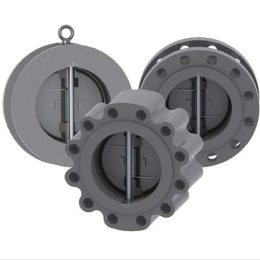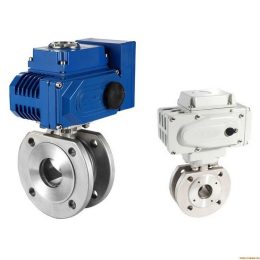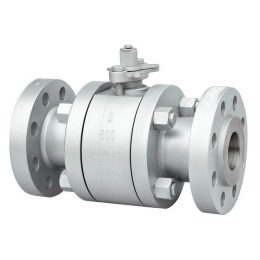The Role Of Safety Valve And Precautions For Use
The role of safety valves is to prevent the pressure of the medium in the pipeline or device from exceeding the specified value, so as to achieve the purpose of safety protection.
The safety valve is a safety protection valve. Its opening and closing parts are normally closed under the action of external force. When the pressure of the medium in the equipment or pipeline rises and exceeds the specified value, it will automatically open. It is prevented by discharging the medium to the outside of the system. The pressure of the medium in the pipeline or equipment exceeds the specified value. Safety valves belong to the category of automatic valves, which are mainly used in boilers, pressure vessels, and pipelines. The control pressure does not exceed the specified value, and it plays an important role in protecting personal safety and equipment operation.
According to the opening height of the safety valve disc, it can be divided into a micro-lift safety valve and a full-lift safety valve. The opening stroke height of the micro-lift safety valve is: ≤0.05d0 (minimum discharge throat diameter); the full-lift safety valve opens The height is ≤0.25d0 (minimum discharge throat diameter).
According to the structure of the safety valve, it can be divided into plumb type, lever type, spring type, and pilot type (pulse type); according to the valve body structure, it can be divided into two types: closed type and non-closed type. The closed safety valve means that the discharged medium is not leaked, and all discharged along the outlet to the designated place. It is generally used in toxic and corrosive media. For air and steam safety valves, non-closed safety valves are mostly used. The selection of safety valve products should be determined according to the actual sealing pressure. For spring-loaded safety valves, there are springs with several working pressure levels within a nominal pressure (PN) range. In addition to indicating the safety valve model, name, medium, and temperature, the valve body sealing pressure should be indicated when ordering. Otherwise, it is supplied according to the maximum sealing pressure.
The following items should be paid attention to when installing and maintaining the safety valve:
- All safety valves should be installed vertically.
- There should be no resistance at the outlet of the safety valve to avoid pressure.
- The safety valve should be specially tested before installation, and its official tightness should be checked.
- The safety valve in use should be checked regularly.



